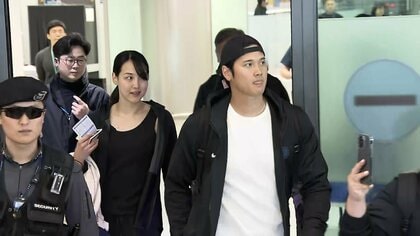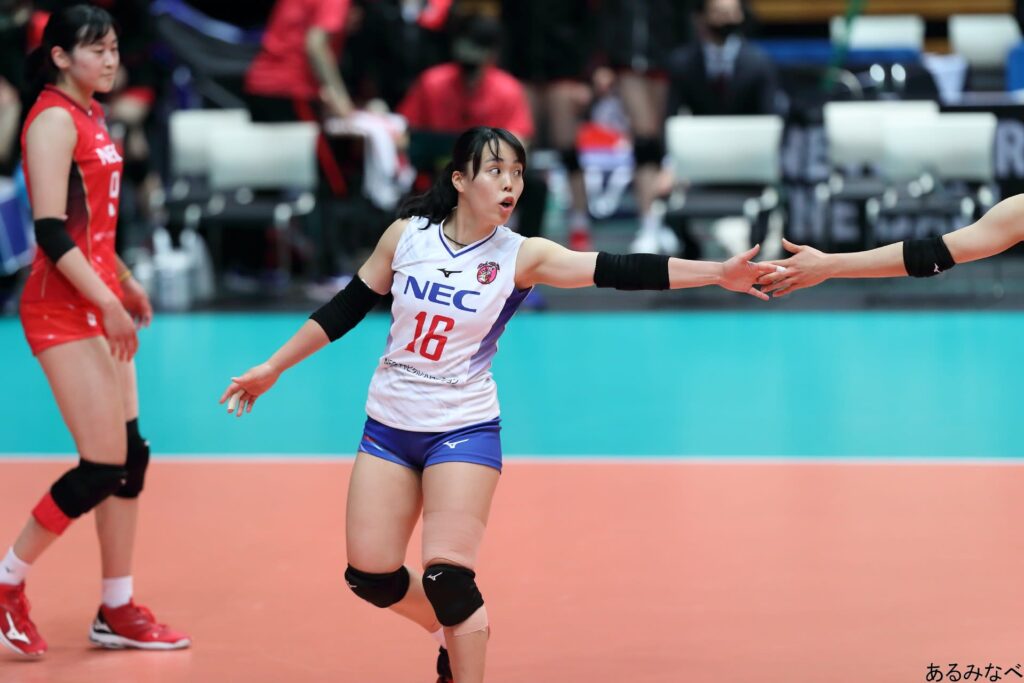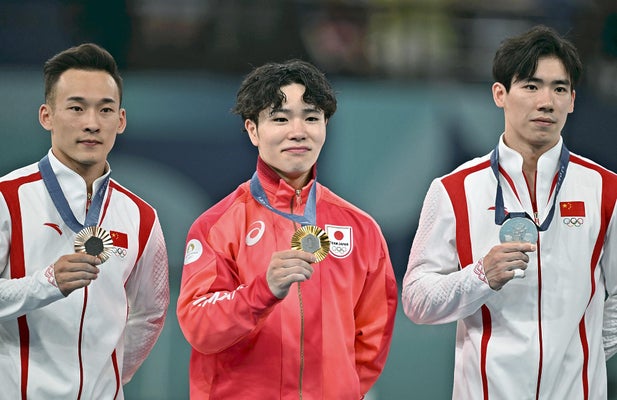
In Kendo, etiquette is not just a formality; it plays an important role in behavior in the dojo and the progress of training.
Practicing proper etiquette is fundamental to embodying the spirit of Kendo and showing respect to your opponent.
In this article, we will explain in detail the order of etiquette in Kendo and how to practice it.
This makes it easy for those who have just started Kendo and those with experience who want to deepen their knowledge of etiquette to understand everything from the basics to the application of etiquette.
目次
What is the etiquette of Kendo? Learn the basics of courtesy
Etiquette in Kendo is more than just a formality; it is an important element in demonstrating the spiritual maturity of the swordsman and respect for his opponent.
Etiquette is incorporated into every stage of Kendo practice and guides how a swordsman should behave from the beginning to the end of practice.
Here we will explain the basic meaning and purpose of etiquette in Kendo.
The significance of etiquette
Kendo etiquette serves not only as a technical skill, but also as part of a moral education. This allows the swordsman to respect his opponent, learn self-control, and increase mental focus. Through etiquette, a swordsman expresses respect not only for himself, but also for his opponent and the dojo.
purpose of etiquette
-
Expressing Respect and Respect: Kendo etiquette is a way to show respect to your opponent, spectators, and instructor. By treating others with proper courtesy, you will be encouraged to behave in accordance with the spirit of Kendo.
-
Improved concentration: By practicing etiquette, a swordsman can calm his mind and improve his concentration. This is essential for performing at your best in practices and matches.
-
Building mutual trust: Proper etiquette is the foundation for building trust between swordsmen. This allows us to practice in a safe and respectful environment.
Etiquette in Kendo is an important element that promotes not only growth as a swordsman, but also maturity as an individual.
By observing etiquette, you will acquire the spirit of Kendo and will naturally learn to behave politely in your daily life.

Flow of etiquette at the start of practice
Kendo training begins with etiquette, and its progression follows strict procedures.
Etiquette before beginning practice is an important process in Kendo that involves both mental preparation and expression of respect.
Below, we will explain in detail the correct etiquette steps from entering the dojo until the beginning of practice.
Ceremony for entering the dojo
-
Greetings when entering the dojo (irimen) : Before entering the dojo, bow once toward the front. This bow is done to show respect for the dojo and all those in it.
-
Organizing your shoes : Take off your shoes at the entrance to the dojo and line them up neatly. This is a basic courtesy to maintain order and cleanliness.
Adjusting seating and dressing
-
Sit in the designated position : Once inside the dojo, quietly move to the designated position and sit straight. At this time, check that the kendo gi and hakama are not in disarray, and adjust them as necessary.
-
Place your sword correctly : Place your sword tool on your left side, with the blade facing away from you. This arrangement shows respect for the other person and is designed with safety in mind.
Ceremony before the start
-
Unifying your mind in silence : By sitting in a seiza posture, you calmly unify your mind and prepare yourself for the practice.
-
Bowing with the leader : After the leader gives the signal to start bowing, students bow to the leader. This shows respect for the instructor and also serves as an official recognition for the start of training.
-
General Zarei : Following the instructor, the entire dojo will perform a Zarei facing the front. This way, you are mentally prepared to practice.
These etiquettes at the beginning of training form the basis of the spirit of Kendo and prepare all swordsmen to approach training with mutual respect.
Through this series of etiquette, you can increase your awareness and sense of responsibility as a Kendo practitioner.

Etiquette during practice: Correct meeting with opponents
Even during Kendo training, etiquette towards your opponent is extremely important.
Meeting, or etiquette when facing your opponent, is a basic behavior that embodies mutual respect and the spirit of Kendo.
Here, we will explain in detail the correct timing and method for meeting during rehearsals.
timing of meeting
-
At the beginning of practice : At the beginning of each practice session, face your opponent and exchange bows. This shows mutual respect, and at the same time, it is also an expression of our intention to practice safely.
-
Before exchanging techniques : Before exchanging techniques, before you even get to the stage where you try each other’s techniques, do a simple bow. This reaffirms each other’s focus and lets each other know that you’re ready.
-
At the end of the practice : After the series of practice, we exchange bows again. This shows gratitude for the training, and also shows respect for the successful completion of the training.
Meeting method
-
Standing at the correct distance : Face to face should be done at a distance where the tips of the swords can lightly touch each other. This is an appropriate distance in accordance with Kendo etiquette, and is meant to maintain respect and caution for the opponent.
-
Bowing by facing the other person: Show your bow by facing the other person, straightening your back, and slightly bowing your head. This action concretely shows respect for the other person.
-
Maintaining eye contact : When bowing, it is essential to look the other person in the eye. This directly conveys your feelings of trust and respect to the other person.
These etiquettes in Kendo are not just formalities, but are important elements for developing the attitude and mindset of a swordsman.
By meeting with your opponent, you are expected to practice the spirit of kendo and improve both your skills and your humanity.

Order of etiquette after practice
The etiquette performed at the end of Kendo practice is an important process that concludes the entire practice and expresses the lessons learned and gratitude to the opponent.
Here, we will explain the correct order of etiquette after the practice and its importance.
Order of etiquette at the end of practice
-
Bowing after the final technique : Immediately after completing the last technique of training, face your opponent and immediately exchange bows. This is to show mutual respect for the effort and results of that day’s practice.
-
Signal for the end of practice : After the instructor announces the end of practice, everyone will line up again at their designated positions.
-
Bowing to the whole : Sit up straight and bow to the instructor and the entire dojo. This bow shows gratitude and respect for the day’s practice.
-
Individual bow : Each individual who participated in the practice bows individually to the opponent they directly competed with, their seniors who watched the practice, and the instructor. This is important as a direct expression of gratitude.
The importance of etiquette
The etiquette at the end of the practice is not just a formality, but has the following important significance.
-
Expressing Respect and Gratitude : Eiho is a way to express respect for the learning gained through Kendo and gratitude to the peers and instructors with whom one practices.
-
Spiritual Closure : Completing daily practice respectfully provides a sense of spiritual satisfaction and accomplishment, confirming the process of self-growth.
-
Maintaining discipline and order : Proper etiquette maintains discipline and order within the dojo, ensuring that the tradition of Kendo is passed on to the next generation.
Etiquette at the end of the training is part of the education in Kendo, and contributes not only to the improvement of technique but also to the improvement of humanity.
By observing etiquette throughout each practice, you will develop your overall qualities as a Kendo practitioner.

summary
Etiquette in Kendo is an essential element not only for technical practice but also for spiritual growth and showing respect in interpersonal relationships.
Through etiquette, swordsmen learn self-control, improved concentration, and respect for their opponents.
Kendo practice follows the following etiquette from beginning to end:
- Etiquette at the beginning of training : Show courtesy during the preparation stages of training, including entering the dojo, taking a seat, and bowing with the instructor.
- Etiquette during practice : Always maintain respect for your opponent by bowing before and after meeting and exchanging techniques.
- Etiquette after practice : To conclude practice, show appreciation for the day’s learning and efforts by bowing to the group, expressing gratitude to each individual, and then quietly exiting the dojo.
These etiquettes not only help you hone your techniques when practicing Kendo, but also serve as tools for maturing as a person.
By showing politeness not only during practice but also in daily life, a Kendo practitioner builds relationships of trust with others and contributes to maintaining harmony in society as a whole.




